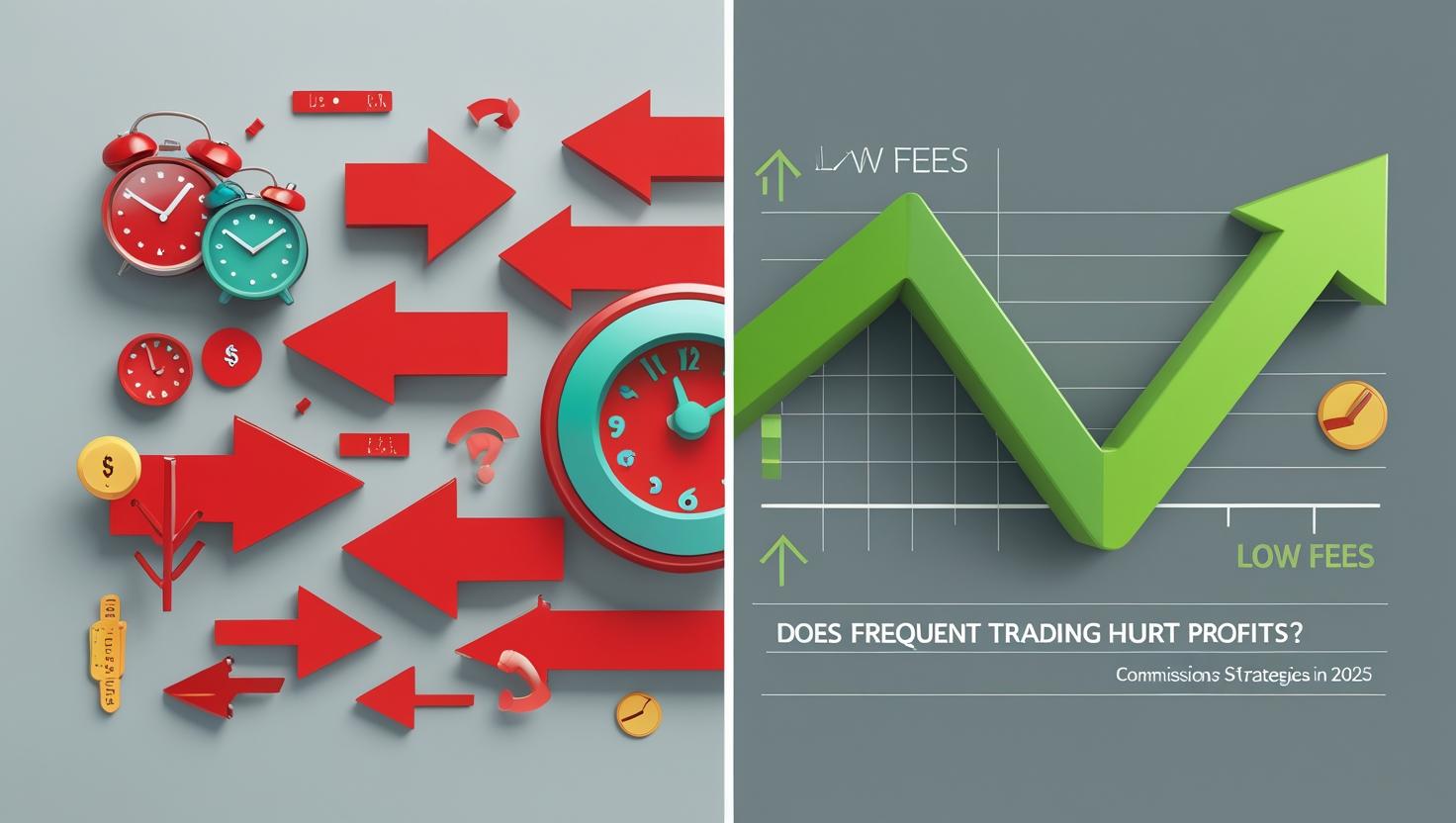In the fast-paced world of investing, the temptation to trade frequently can be strong—especially with zero-commission apps making buys and sells feel effortless. However, high trading frequency often leads to escalating costs, eroded returns, and emotional pitfalls. As markets evolve in 2025 with AI-driven tools and volatile conditions, understanding how commissions (direct or indirect) impact your portfolio is crucial. This guide breaks down the realities and offers practical advice for balancing activity with profitability.
How Trading Frequency Affects Commissions
Even in an era of “free” trades from brokers like Robinhood or Fidelity, frequent trading isn’t truly cost-free. Here’s why:
- Direct Commissions: While many platforms eliminated per-trade fees by 2025, some still charge for options, futures, or international trades (e.g., 32.50 in fees alone.
- Hidden Costs: Bid-ask spreads, payment for order flow (PFOF), and slippage can quietly eat into profits. For day traders, these might total 0.1–0.5% per trade, compounding to thousands on a $10,000 portfolio with 100 annual trades.
- Tax Implications: Short-term trades (held under a year) face higher capital gains taxes (up to 37% for high earners), versus long-term rates (0–20%). Frequent flipping amplifies your tax bill, reducing net gains.
Data from 2025 market reports shows that over-traders often underperform buy-and-hold investors by 1.5–2% annually due to these frictions.
The Risks of Over-Trading
- Emotional Bias: Constant monitoring leads to impulsive decisions, like chasing trends during crypto booms or panic-selling in downturns. Studies indicate active traders lose out to passive indices 80% of the time.
- Opportunity Cost: Time spent trading detracts from research or diversification. Plus, frequent activity increases exposure to market volatility without guaranteed rewards.
- Psychological Toll: The stress of monitoring can lead to burnout, with many retail investors quitting after losses from over-activity.
Strategies to Optimize Trading Frequency
- Adopt a Long-Term Approach: Aim for 4–12 trades per year, focusing on quality over quantity. Use index funds or ETFs for low-maintenance growth.
- Leverage Zero-Commission Tools Wisely: Platforms like Vanguard offer free trades but encourage holding—pair with robo-advisors (e.g., Betterment) for automated rebalancing.
- Set Rules and Limits: Define entry/exit criteria in advance (e.g., based on fundamentals, not emotions). Use stop-loss orders to automate without over-trading.
- Diversify and Monitor Costs: Track all fees via apps like Personal Capital. Allocate to low-turnover assets like bonds or dividend stocks for steady income.
- Educate and Simulate: Practice with paper trading accounts before committing real money. In 2025, AI simulators on platforms like Thinkorswim provide risk-free learning.
When Frequent Trading Might Make Sense
It’s viable for experienced day traders with high-risk tolerance, using advanced strategies like scalping. However, for most, a balanced frequency (e.g., quarterly adjustments) yields better results—Warren Buffett’s “buy and hold” philosophy has proven timeless.
Conclusion:
Frequent trading can inflate commissions and diminish profits, turning potential wins into losses. In 2025, prioritize discipline and low-cost strategies to let compounding work in your favor. Remember, successful investing is a marathon, not a sprint—trade smarter, not harder.





